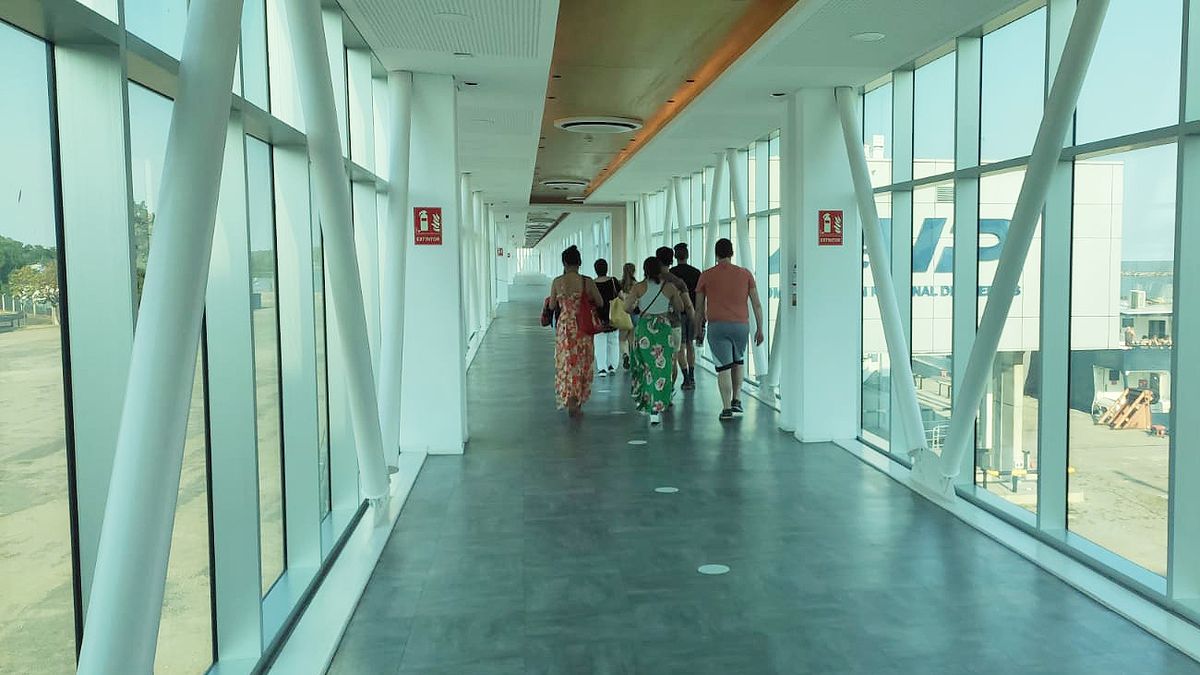The flow of visitors was more than 1.3 million between January and July, more than double the almost 625,000 in the same period in 2022.
He port of cologne received a total of 1,320,615 passengers between January and July of this year, a flow that represents a 111% more than the 624,691 that circulated during the same period of 2022, according to data from the National Administration of Ports (ANP).
The content you want to access is exclusive to subscribers.
Furthermore, if one takes into account the last weekend, Between Friday the 14th and Sunday the 16th, which coincided with the end of the winter holidays, incoming tourism performed well, with 36,696 passengers and 1,896 vehicles circulating through the port.


As stated to Telemundo the Deputy Minister of Tourism, Remo Monzeglio, “the main tourist centers of the country have had good occupancy levels in these July holidays”. In this sense, he highlighted that the Guaviyú hot springs, in Paysandú, They had an average occupancy of 75% weekends.
“The hotels of higher category, with heated pools, they had a very good occupation. Step in Punta del Este, Colonia and Salto also”, highlighted the hierarch and contrasted: “When the lack of infrastructure, small hotels, little service and a cold climate are combined, people do not privilege those places. Finally, Monzeglio anticipated that he expects a “important” influx this weekend.
Tourism had started a “slow” winter vacation
The beginning of the winter break in the country had not been auspicious, to such an extent that the Minister of Tourism, Tabaré Viera, Said it came with a beat “slow”, with low occupancy in the east and the thermal coast and even complications in Cologne, where tour operators had to clarify that they had quality water due to the tourist cancellations that arose from the water emergency.
When referring to the motives that undermined the good level of tourism in Uruguay, Viera admitted that the sector told him that, in addition to the water crisis, it was fundamental when it came to complications with the exchange difference with Argentina and the price gap on one side of the border and the other.
Source: Ambito




